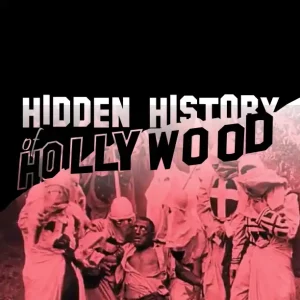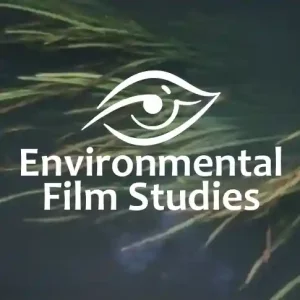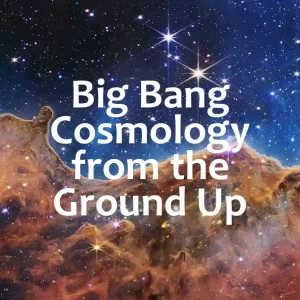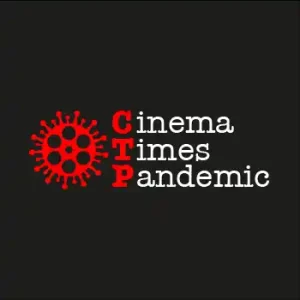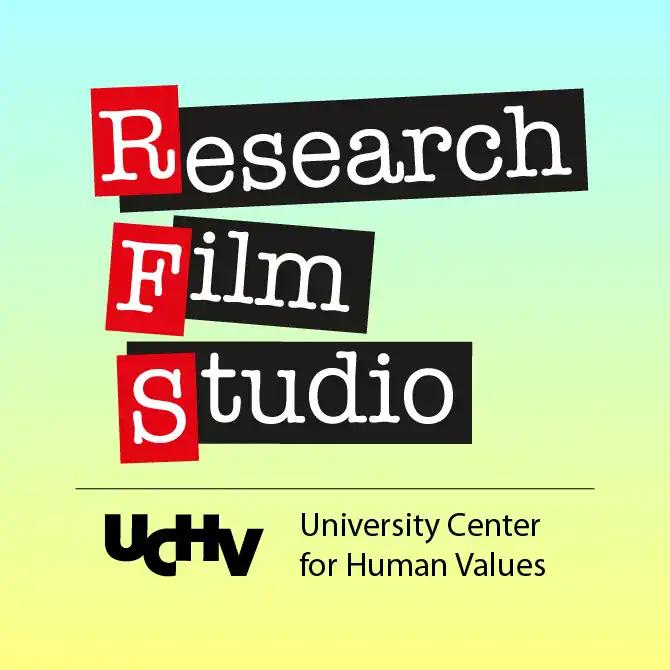This course uncovers the roots of racial injustice in Hollywood; the secret, but cardinal role Woodrow Wilson played in the production and distribution of D. W. Griffith’s The Birth of a Nation that led directly to the rebirth of the KKK and increased violence against Afro-Americans; and William Monroe Trotter’s fight against the state propaganda film. Wilson’s policy of segregation was adapted by Hollywood as a self-censoring industry regulation of representation. Black people could only appear on screen as subservient and marginal characters, never as equals, partners or leaders. This code, Wilson’s legacy, has become second nature to Hollywood.
Filmmaking is a mural art made for screens. Due to the contemporary ubiquity of screens, our physical environment is increasingly eclipsed in the human experience. Yet vernacular filmmaking does not simply replace our physical nature, rather lets it emerge just as terroir wines reveal the natural environmental factors of winemaking without industrial tempering. Less industrial, more poetic film production can teach us a more mindful and empathetic relation to our environment that fundamentally challenges the binary opposition between environment and self. Together with guest professors and filmmakers, we will study the interface of environmental and film studies through examples from masterpieces of cinema and our own short research film exercises.
This course offers a bird’s eye view of 13.8 billion years of cosmic evolution. We will trace the history of the Universe from the earliest initial conditions that we can tangibly infer based on the physics of what we observe in the Universe today. Students will be asked to develop a short film clip describing the cosmic history starting with weekly short essay assignments on elements of cosmic history. No prerequisites in math or physics are required. This course is about learning something meaningful about the physics that governs the early period of the Universe and being able to convey that understanding to others.
The pandemic brought a total disruption to traditional film production, distribution, curation and canonization. Could this disruption be turned into a creative subversion of the strong industrial and commercial aspect of American filmmaking? The formation of the American film canon is an ongoing struggle between civil rights activism and a Jim Crow system of representation. The responsibility of film studies is to assist this creative struggle with sophisticated and openminded film curation and canon formation. With a readiness to be inspired by the unfamiliar from systemically injured and overlooked groups, this studio course will give students the opportunity to practice these virtues by curating brand new films, some not yet distributed, as well as unacknowledged, undistributed classics.
